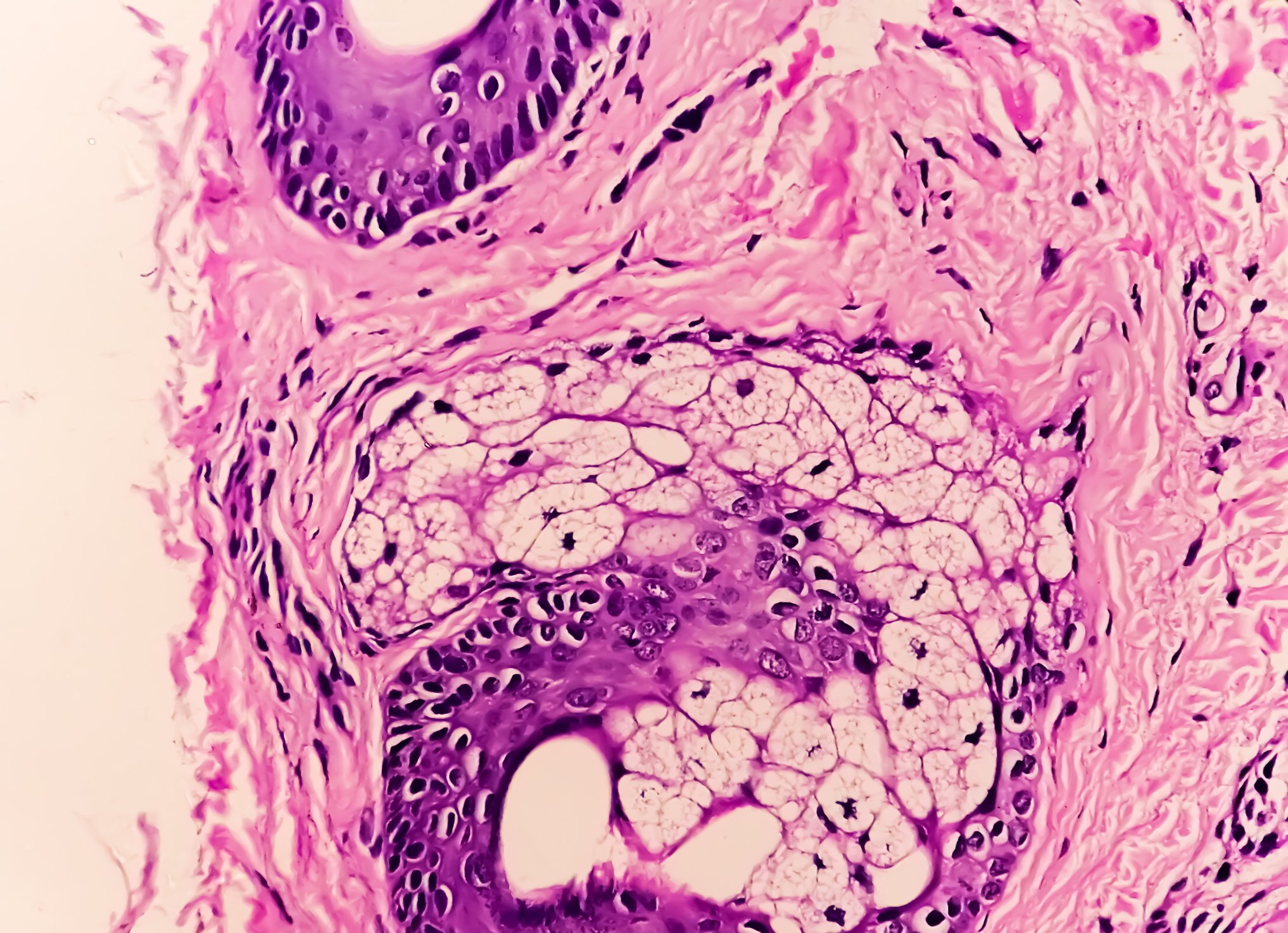Empagliflozin is known to reduce the risk of atherosclerotic cardiovascular disease (CVD) in people with type 2 diabetes and high cardiovascular risk. The mechanisms underlying these effects are not yet fully understood. A study by Ferrannini et al. indicates that the improvement in insulin sensitivity could be an important metabolic factor for the long-term cardiovascular benefit of empagliflozin.
The aim of the study was to investigate the effects of empagliflozin on insulin resistance, insulin sensitivity and β-cell function indices in patients with a recent acute coronary event and newly diagnosed dysglycemia or impaired glucose tolerance (IGT) or type 2 diabetes (T2D) [1]. To this end, 42 patients with recent myocardial infarction (n=36) or unstable angina (n=6) and newly diagnosed dysglycemia were randomized to empagliflozin 25 mg daily (n=20) or placebo (n=22). The average age was 67.5 years, 19% of the participants were female. The measurement time points were before randomization, 7 months after the start of the intervention and 3 months after discontinuation of the study drug [1].
A two-hour oral glucose tolerance test (oGTT) was performed at all three time points. The fasting patient is given 75 g of glucose dissolved in 250-300 ml of water orally within five minutes on the morning of the day of the test. This leads to an increase in blood glucose concentration and the consecutive secretion of insulin by stimulating the pancreatic β-cells. In patients with reduced insulin sensitivity, there is a delayed drop in blood glucose concentration compared to healthy people. The decisive factor is the blood glucose concentration in the venous plasma measured after 120 minutes. In the study by Ferrannini et al. In addition to the glucose and insulin values, the HbA1c, fasting C-peptide and mannose values were also recorded as part of the oGTT (fasting proinsulin only at the first two appointments) [1]. Mannose and amino acids are among the food components which, in addition to glucose, also result in the release of insulin. C-peptide is a protein that is cleaved from proinsulin in the Golgi apparatus during the formation of insulin.
Empagliflozin significantly improved the indices of insulin sensitivity
The measured plasma glucose and plasma insulin concentrations can be used to determine the insulin secretion of pancreatic β-cells and the insulin sensitivity of the tissue after glucose loading. The two indices used for this purpose include the insulinogenic index and the Stumvoll index. (Tab. 1). High values in the insulinogenic index indicate good β-cell function [3,4].
The HOMA-IR (Homeostasis Model Assessment of Insulin Resistance) is a specific diagnostic marker for insulin resistance and is calculated from the fasting concentrations of insulin and glucose in serum/plasma. Increased concentrations of insulin and/or glucose as an expression of insulin resistance lead to an increased HOMA-IR. The HOMA indices also include HOMA2-β for β-cell function and HOMA2-S for insulin sensitivity (Table 1, Table 2) . The QUICK-I (Quantitative Insulin-sensitivity Check Index) defines insulin sensitivity as inversely proportional to the logarithm of the product of fasting glucose and fasting insulin concentrations [6]. The Matsuda index is also a surrogate parameter for estimating insulin sensitivity in the oGTT [7].
After seven months, empagliflozin significantly reduced glucose and insulin levels during the oGTT, while C-peptide, mannose and HbA1c did not differ from the placebo group. The indices of insulin sensitivity improved significantly under treatment with empagliflozin (Table 2) , while insulin resistance and β-cell functions showed no significant differences. After discontinuation of empagliflozin, all indices returned to the initial level. No serious adverse events were registered. None of the patients developed heart failure during the study period.
The present study provides another piece of the puzzle for deciphering the mechanisms of action of empagliflozin. Impaired insulin sensitivity is known to play a central role in the pathogenesis of type 2 diabetes and its complications. Among other things, it is known that adipose tissue secretes biologically active substances that reduce insulin sensitivity, which can have a negative impact on cardiovascular risk factors [5]. By improving insulin sensitivity, the body’s cells can react more sensitively to insulin. This appears to have far-reaching effects.
Congress: EASD Annual Meeting
Literature:
- Ferrannini G, et al.: Empagliflozin improves insulin sensitivity in patients with a recent coronary syndrome and newly detected dysglycaemia. Diabetologia 2023; 66 (Suppl 1): S1–S536.
- Fortin E, et al.: Empagliflozin improves insulin sensitivity in patients with recent acute coronary syndrome and newly detected dysglycaemia: Experiences from the randomized, controlled SOCOGAMI trial. Cardiovasc Diabetol 2023; 22(1): 208.
- Bacha F, Gungor N, Arslanian SA: Measures of beta-cell function during the oral glucose tolerance test, liquid mixed-meal test, and hyperglycemic clamp test. J Pediatr 2008; 152: 618–621.
- Stumvoll M, et al: Use of the oral glucose tolerance test to assess insulin release and insulin sensitivity. Diabetes Care 2000; 23: 295-301.
- «Adipositas, metabolisches Syndrom, Insulinresistenz und Diabetes», www.labor-karlsruhe.de, (letzter Abruf 30.10.2023)
- Katz A, et al: Quantitative insulin sensitivity check index: a simple, accurate method for assessing insulin sensitivity in humans. J Clin Endocrinol Metab 2000; 85(7): 2402-2410.
- Matsuda M, Defronzo RA: Insulin sensitivity indices obtained from oral glucose tolerance testing: comparison with the euglycemic insulin clamp. Diabetes Care 1999; 22: 1462-1470.
HAUSARZT PRAXIS 2023; 18(11): 26–27













